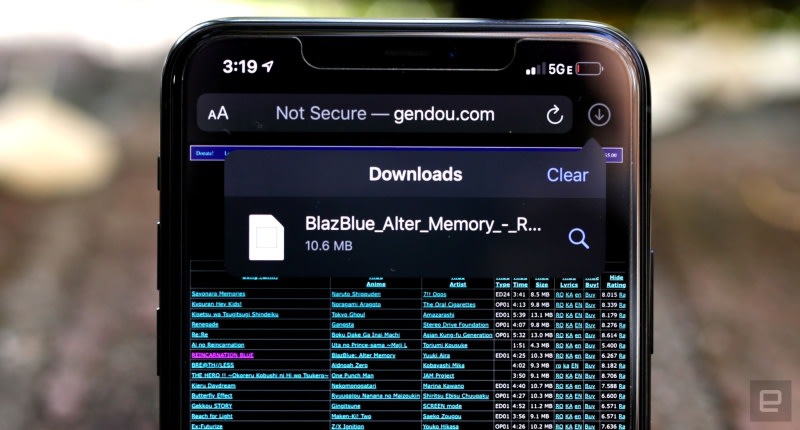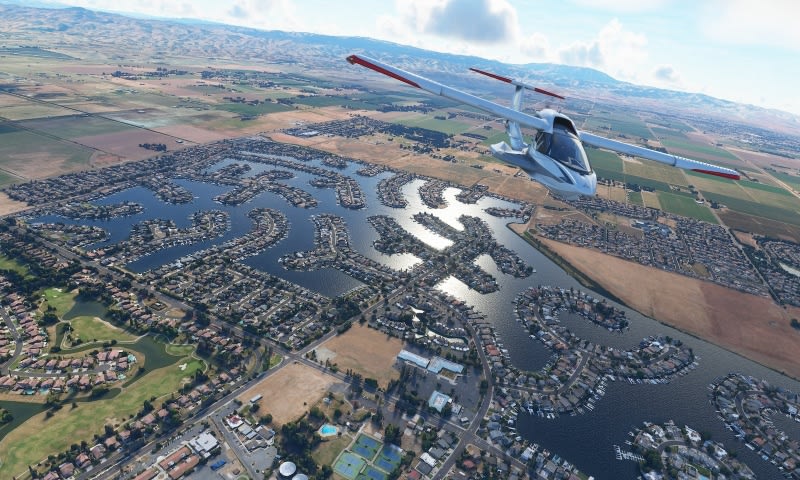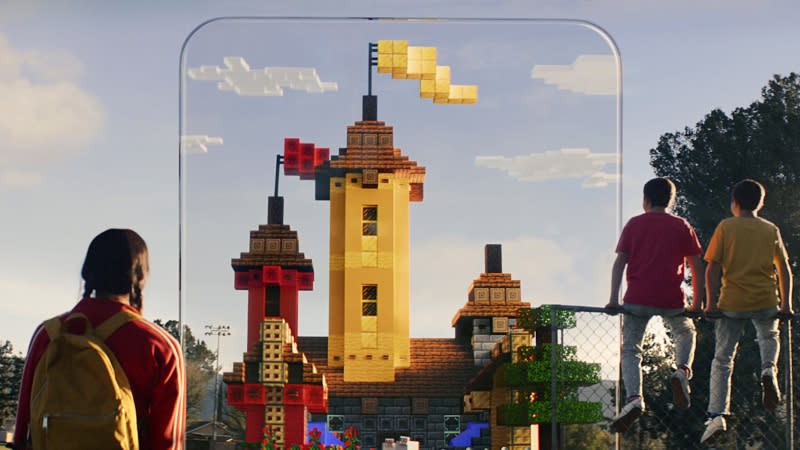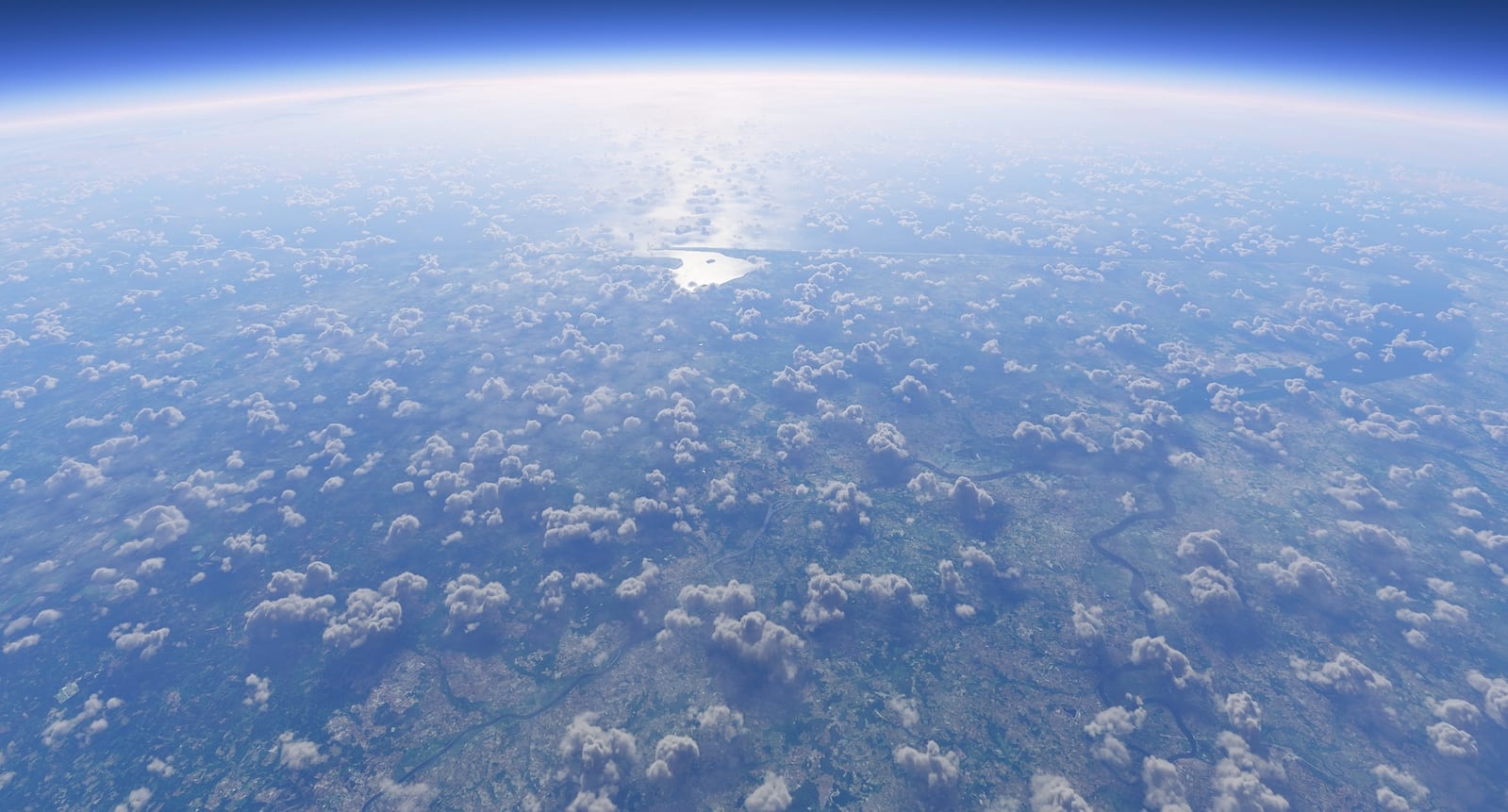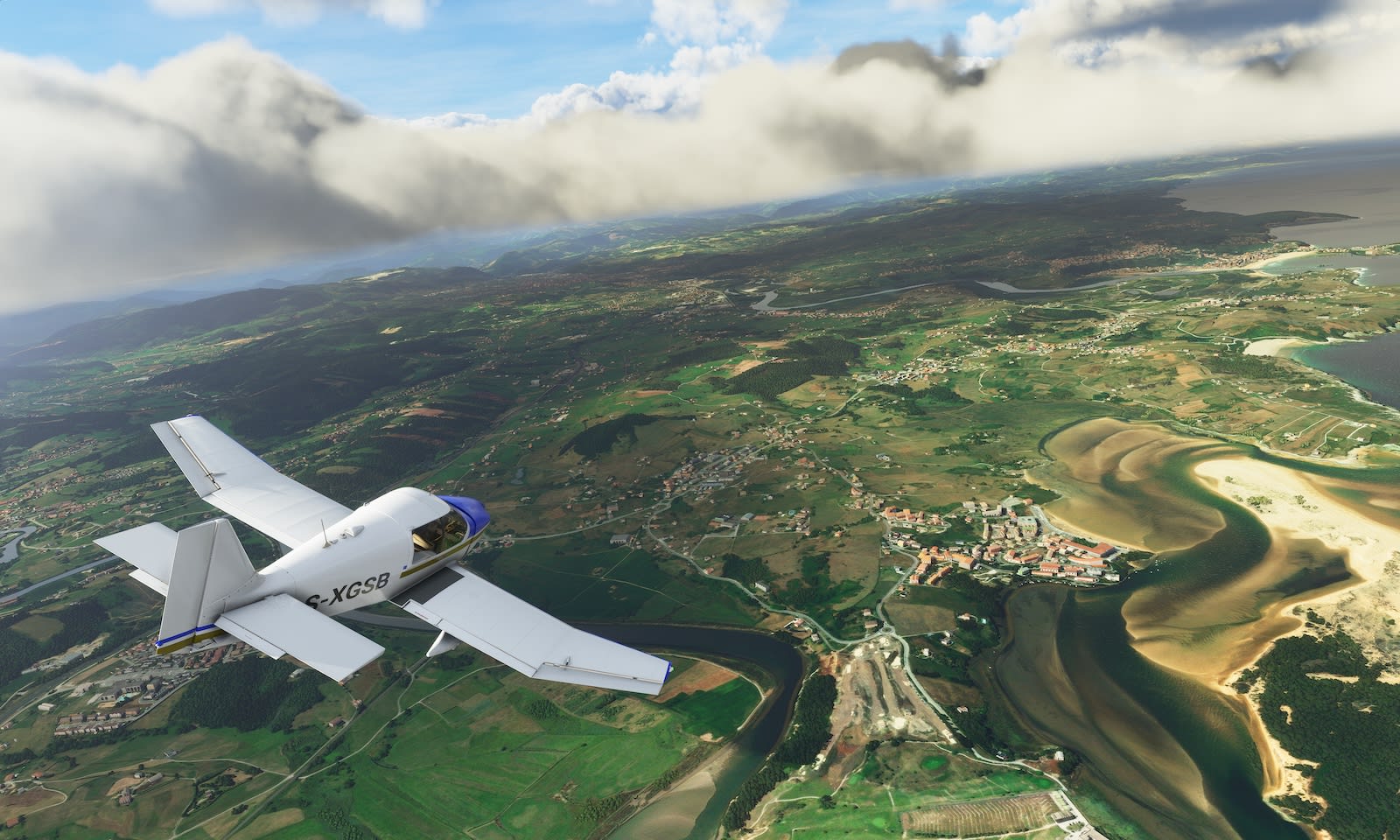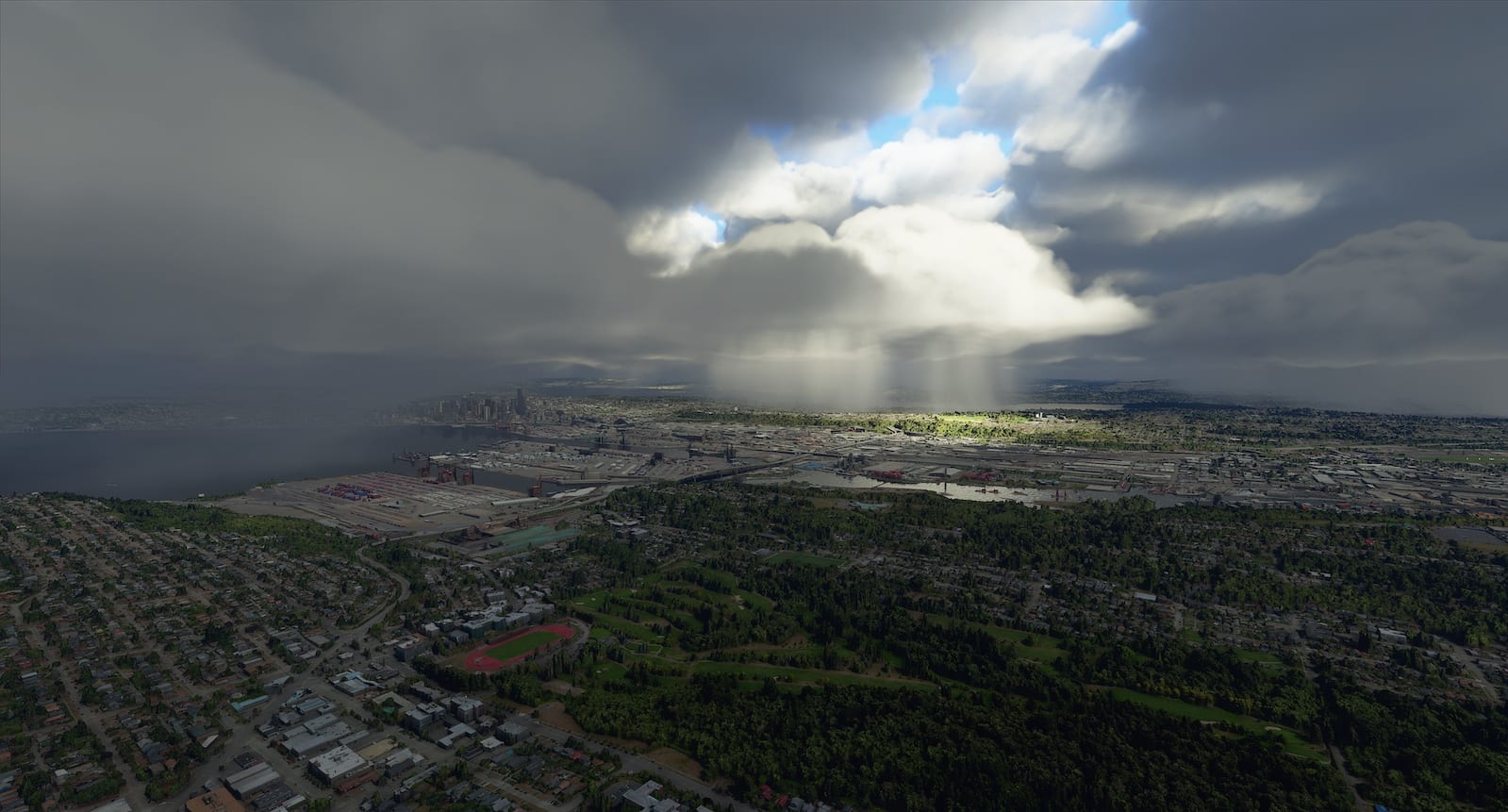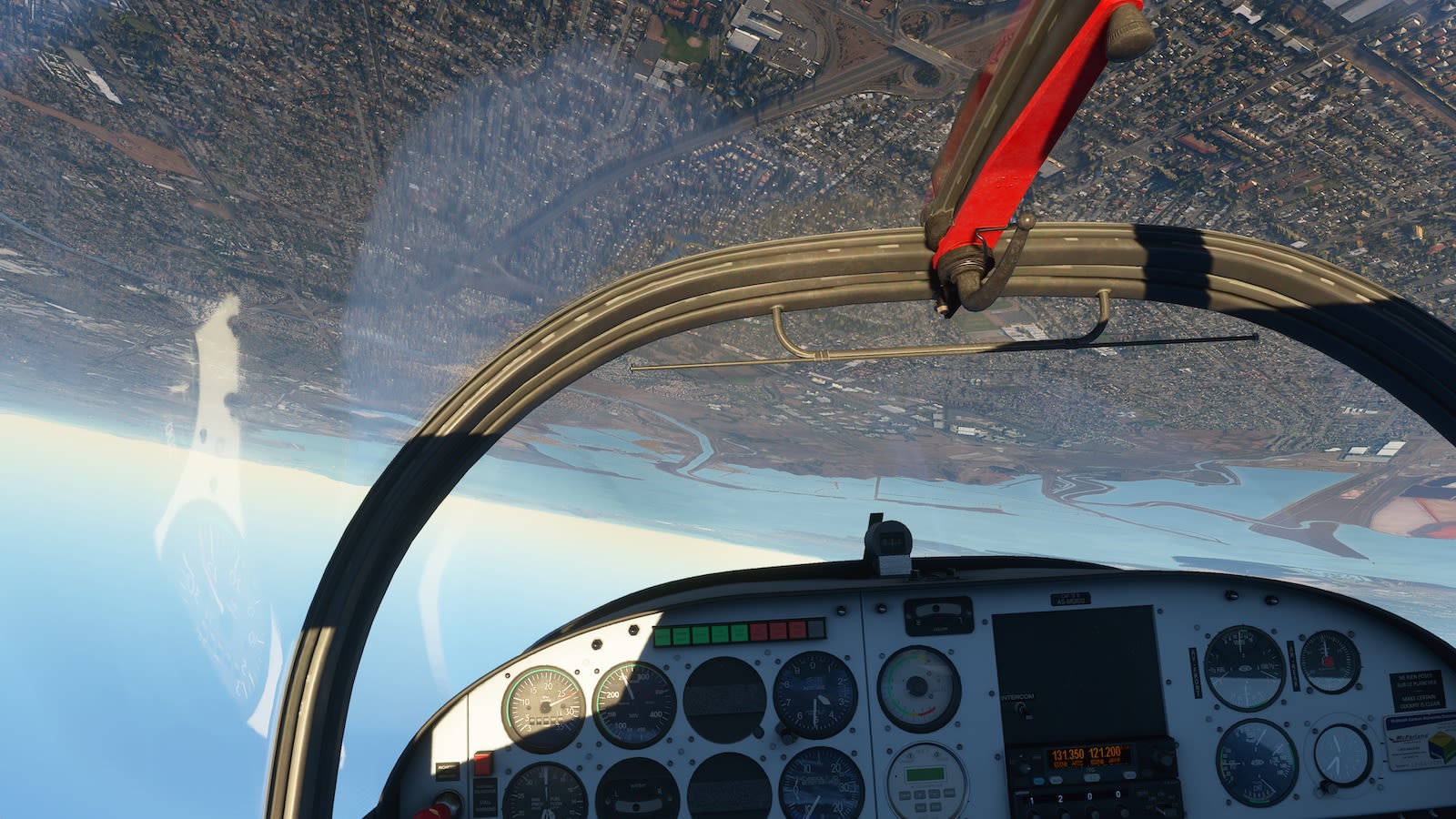Hey, good morning! You look fabulous.
Welcome back! Apple's latest iOS update is here, and the difference from .0 to .1 is bigger than you might expect. Also, Flight Simulator is making a comeback, and on Saturday, Elon Musk set the timetable for Starship test flights.
According to Chris Velazco, "A dark mode, helpfully redesigned apps and Voice Control add offer more flexibility out of the box, and now that iOS 13.1 has filed down a lot of the initial release's rough edges, it's finally worth installing."
Microsoft 'Flight Simulator' hands-on
Microsoft is now accepting applications for a pre-alpha Flight Simulator Insider program due to kick off later this year. The full game will launch on PC in 2020 and on Xbox after that. To find out what the ultra-realistic sim has to offer this time around, read Jessica Conditt's impressions.
"Flight Simulator offers a new perspective on the world, period. Developers are committed to holding a mirror to reality, researching and recreating accurate atmospheres, cockpits, wind patterns, flight maneuvers, weather and locations. Even the stars in the night skies are accurate."
Elon Musk hopes SpaceX's Starship will reach orbit in six months
As part of a Q&A session at SpaceX's Starship presentation on Saturday night, Musk outlined plans for rapid prototyping that could get the vessel into space in a short time frame. Starship Mk1 at Boca Chica, Texas, should have a suborbital test flight in one to two months. If all goes well, either Mk3 or an eventual Mk5 would fly an orbital test within six months. Besides his typically optimistic production timelines, Musk's presentation also included a look at the plan for in-orbit refueling, which would help the Starship take longer trips to Mars and beyond.
'Minecraft Earth' launches in early access this October
Mojang and Microsoft have revealed that the augmented reality game will be available in "early access" for some countries, starting in October. It didn't say which countries or platforms would be included, but the beta has both Android and iOS users.
Apple's seventh-gen iPad gets bigger but keeps the same size battery
Now in its seventh generation, the "most popular" iPad that Apple sells has grown from 9.7- to 10.2-inches, ships with iPadOS and has a connector to support the company's still-pricey keyboard add-on. The folks at iFixit attacked this new model with their assortment of tools and found that despite the new size, inside it's still very similar to the previous model.
But wait, there's more...
- Switch Lite added to class action lawsuit over controller drift
- Rockstar isn't making single-player DLC for 'Red Dead Redemption 2'
- Recommended Reading: Uber wants to be the 'operating system' for city life
- Autoblow AI is a sex toy that promises 'surprise'
- The Disney+ Obi Wan Kenobi series has a director: Deborah Chow
- Google Assistant is now available for most Chromebooks
- Twitch revamps channel pages to help you tune in to streamers
- Judge rules Tesla and Musk's tweet violated labor laws
The Morning After is a new daily newsletter from Engadget designed to help you fight off FOMO. Who knows what you'll miss if you don't Subscribe.
Craving even more? Like us on Facebook or Follow us on Twitter.
Have a suggestion on how we can improve The Morning After? Send us a note.
https://www.engadget.com/2019/09/30/the-morning-after/
2019-09-30 11:10:26Z
52780397522393
